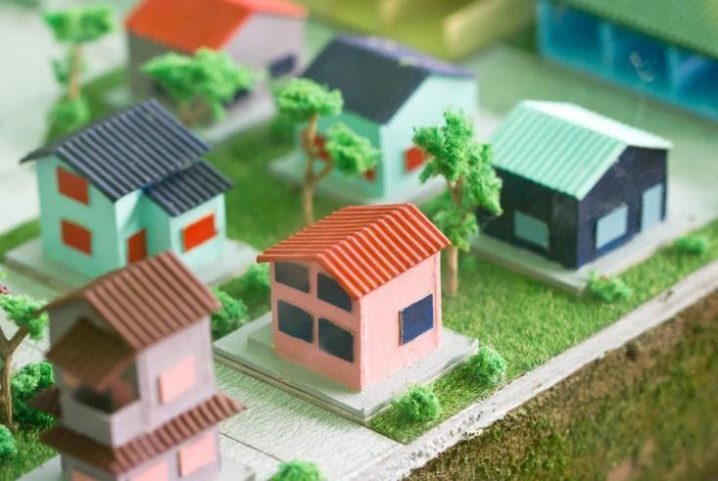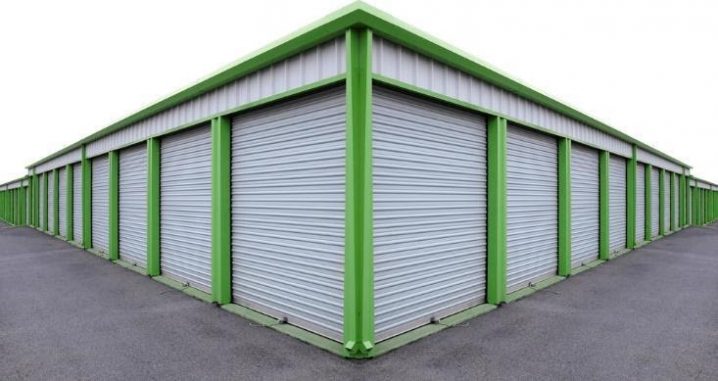There are so many good reasons that people dream of living in tiny homes: greater sustainability, lower cost of living and a simpler, better life. However, there tends to be one big drawback stopping many people from actively pursuing the tiny home lifestyle: storage.
The average American homeowner has more than 300,000 possessions. If you are looking to move into a tiny home, you need to seriously pare down to the bare necessities — or else take advantage of seriously creative storage solutions.

Dual-purpose Everything
It should go without saying that every item in a tiny home needs to serve a purpose; you simply don’t have any space for frivolous belongings when you are living in less than 400 square feet. However, sometimes it isn’t enough that an item only has one function. Especially with larger possessions, you should search out options that can solve twice or three times as many problems — and storage is an easy functionality to add.
Every item of furniture in your home should have storage solutions built in. For example, seats should have storage underneath and/or behind them, and pull-out tables and desks should have storage at the rear or beneath them. There are plenty of furniture brands that famously make built-in storage a priority for their pieces, but you can also DIY some dual-purpose items. Here’s a plan for a wall-mounted fold-down desk with cute storage shelves, and here’s a how-to for an upholstered ottoman with tons of storage inside.
Storage Going up
In traditional homes, you store your belongings in closets, built-in cabinets and furniture like dressers and hutches, but in tiny homes, you simply don’t have the floor space to spare. What’s more, when you are in a city environment, you probably lack a substantial property on which to build a secondary structure purely for storage. As a result, instead of looking horizontally for storage, you should shift your gaze up.
There are many vertical storage solutions worth considering implementing in your tiny home, such as:
- Shelves over doors and windows. Shelves placed high-up on your walls keeps storage out of sight but within easy reach with a stepstool. You can use decorative boxes or baskets to keep your shelves looking organized.
- Pegboard behind cabinet doors. Pegboard is functional for vertical storage, but it isn’t always attractive. Thus, you can make use of pegboard by hiding it behind cabinet doors and using it to organize kitchen utensils or bathroom tools.
- Stacking organizers on shelves. Even on shelves and in cabinets, you should strive to use as much vertical space as you have. Organizing tools, available at the Container Store, can help you keep your belongings organized while stacking them to maximize your vertical storage.
A Helping Hand
The tiny-home lifestyle isn’t easy, especially if you are trying to downsize after becoming accustomed to the spaciousness of a traditional single-family home. It is going to take time to sort through all your possessions and identify the bare essentials, and during that time you will need a place to put everything you own.

You might be able to use friends and family members for small amounts of storage for short durations, but if your tiny home transition will take some time, you should find a long-term solution. Fortunately, one of the most significant benefits of owning a tiny home in a city is the convenient access to storage alternatives. As you transition into your tiny home, you should consider renting a storage unit within your city, like this storage option in Los Angeles. You should find a storage provider that offers a wide range of storage solutions, so you don’t have to pay for more storage space than you need. Even as you acclimate to your smaller lifestyle, you might choose to retain a small amount of public storage to house seasonal items or sentimental possessions that you aren’t willing to part with.
Living in a tiny home is rewarding, but only if you are able to fit everything you need into your small space. By being creative with your storage, you should find a way to store the necessities you need every day — and by reaching out to find other storage solutions, you can hold onto items you want to keep outside your tiny home.



